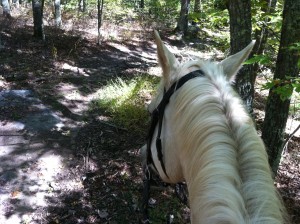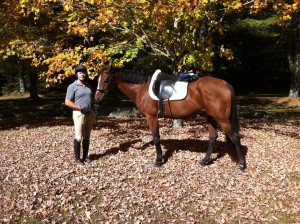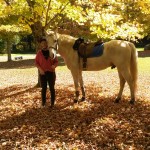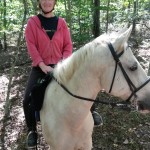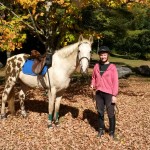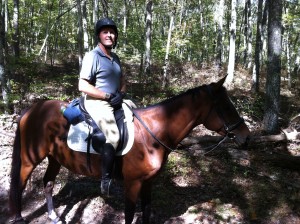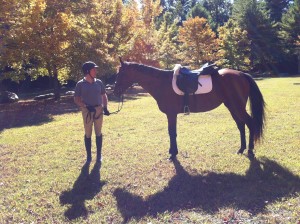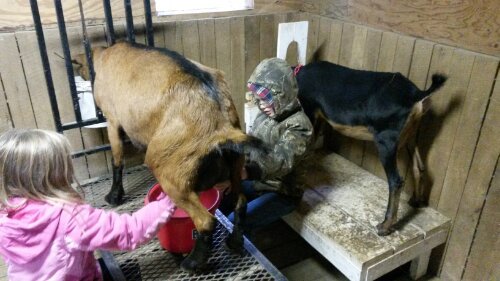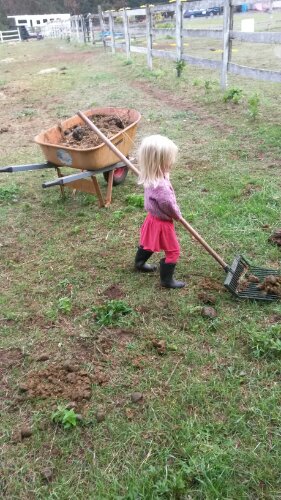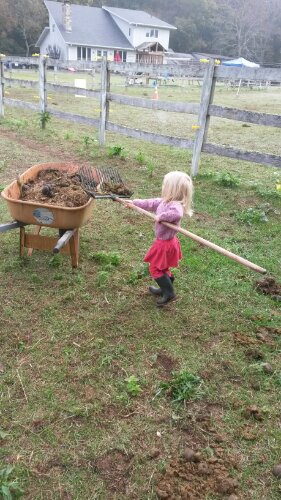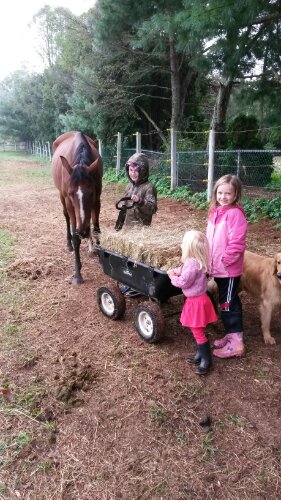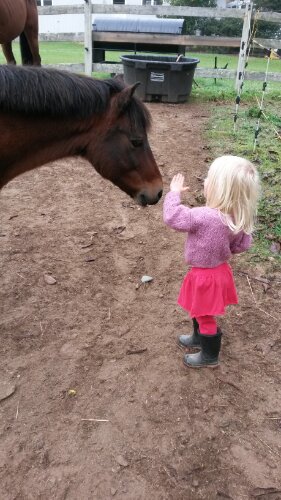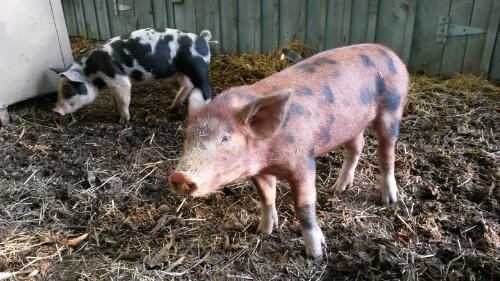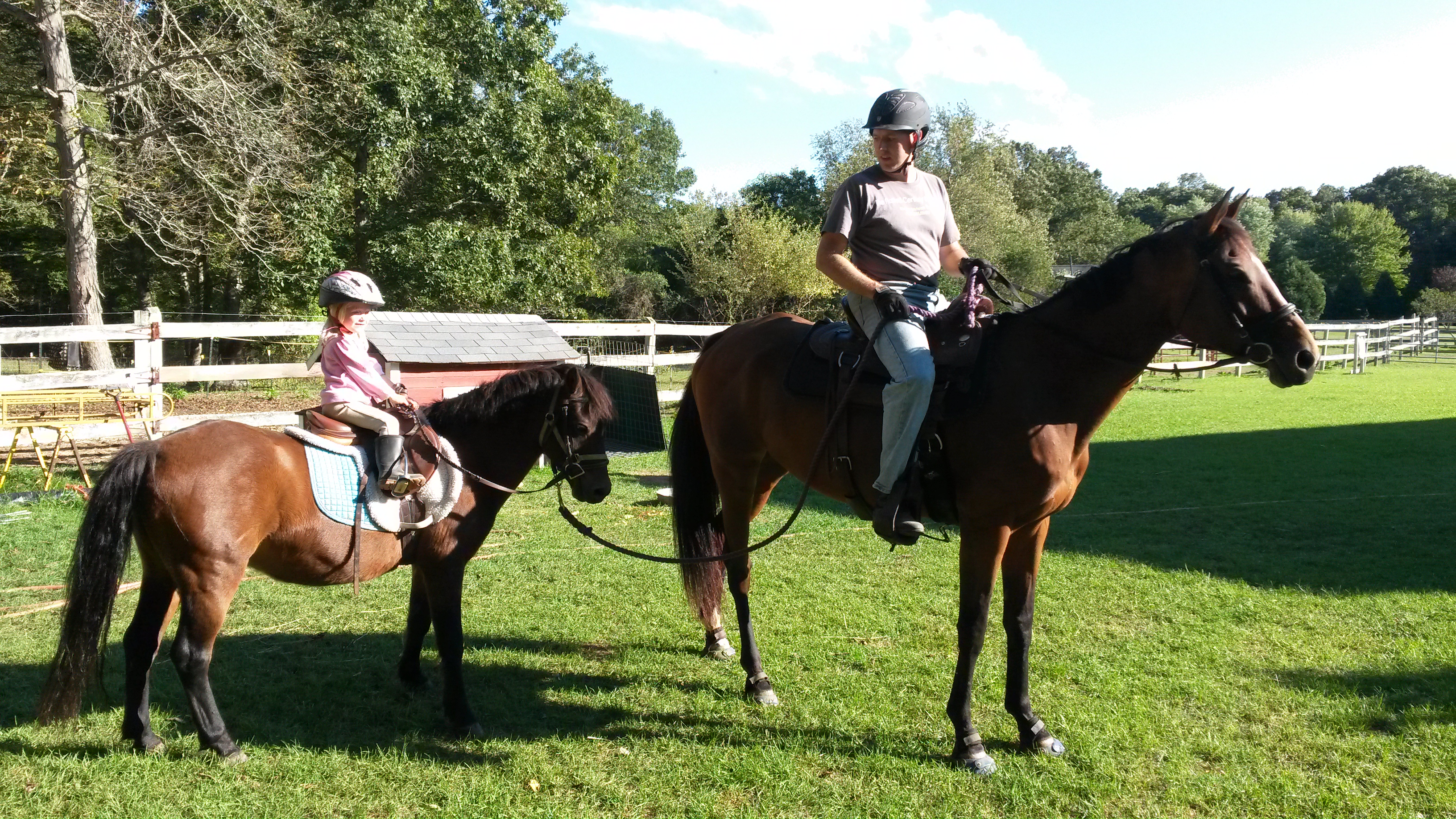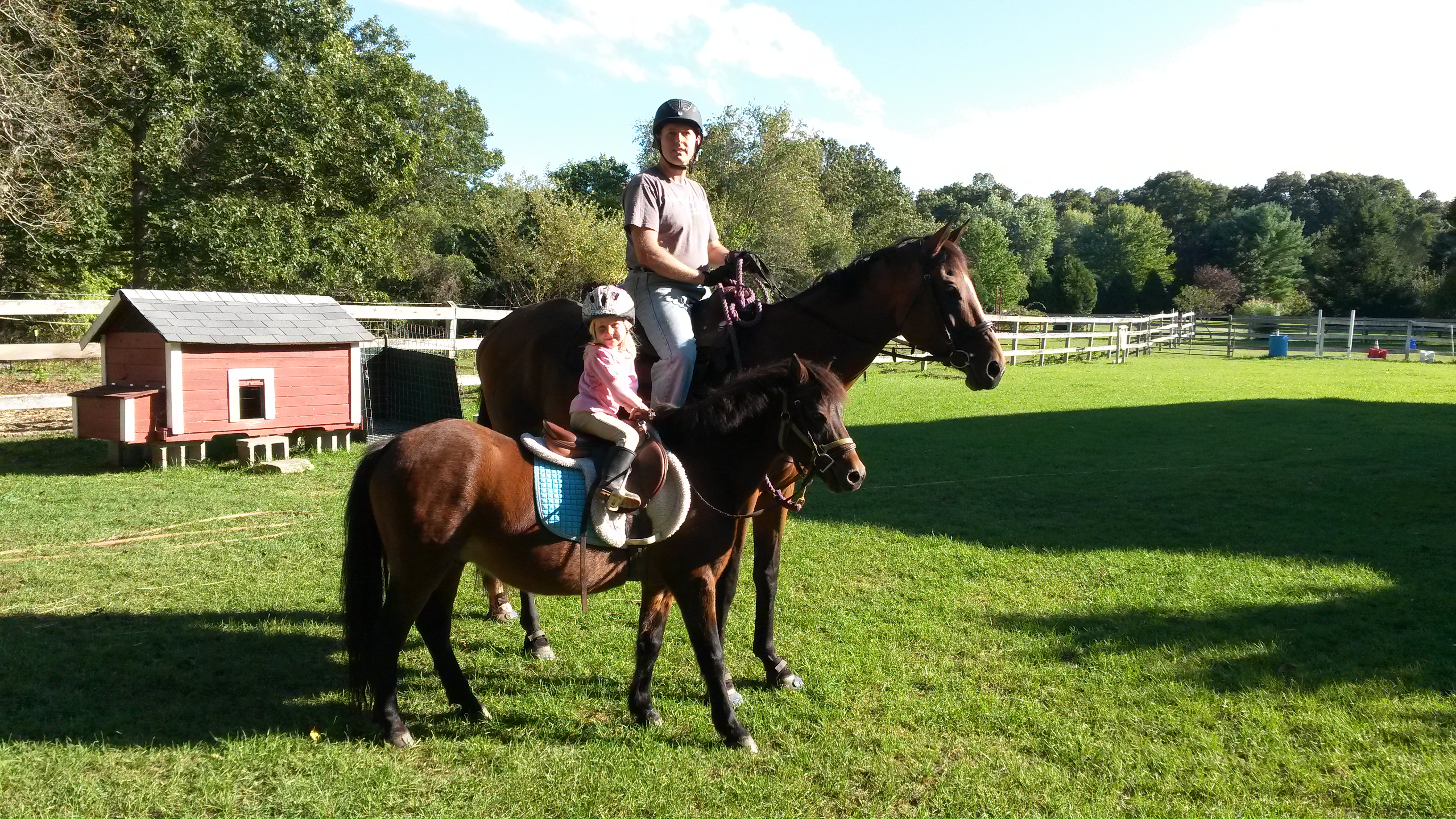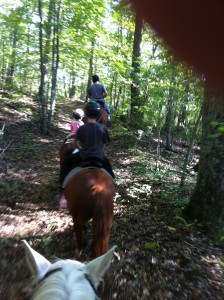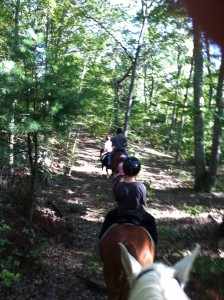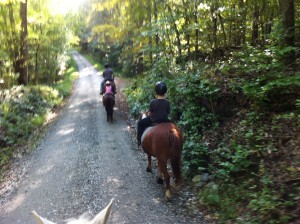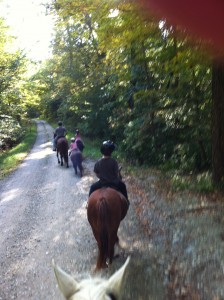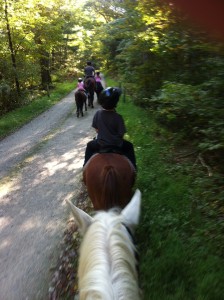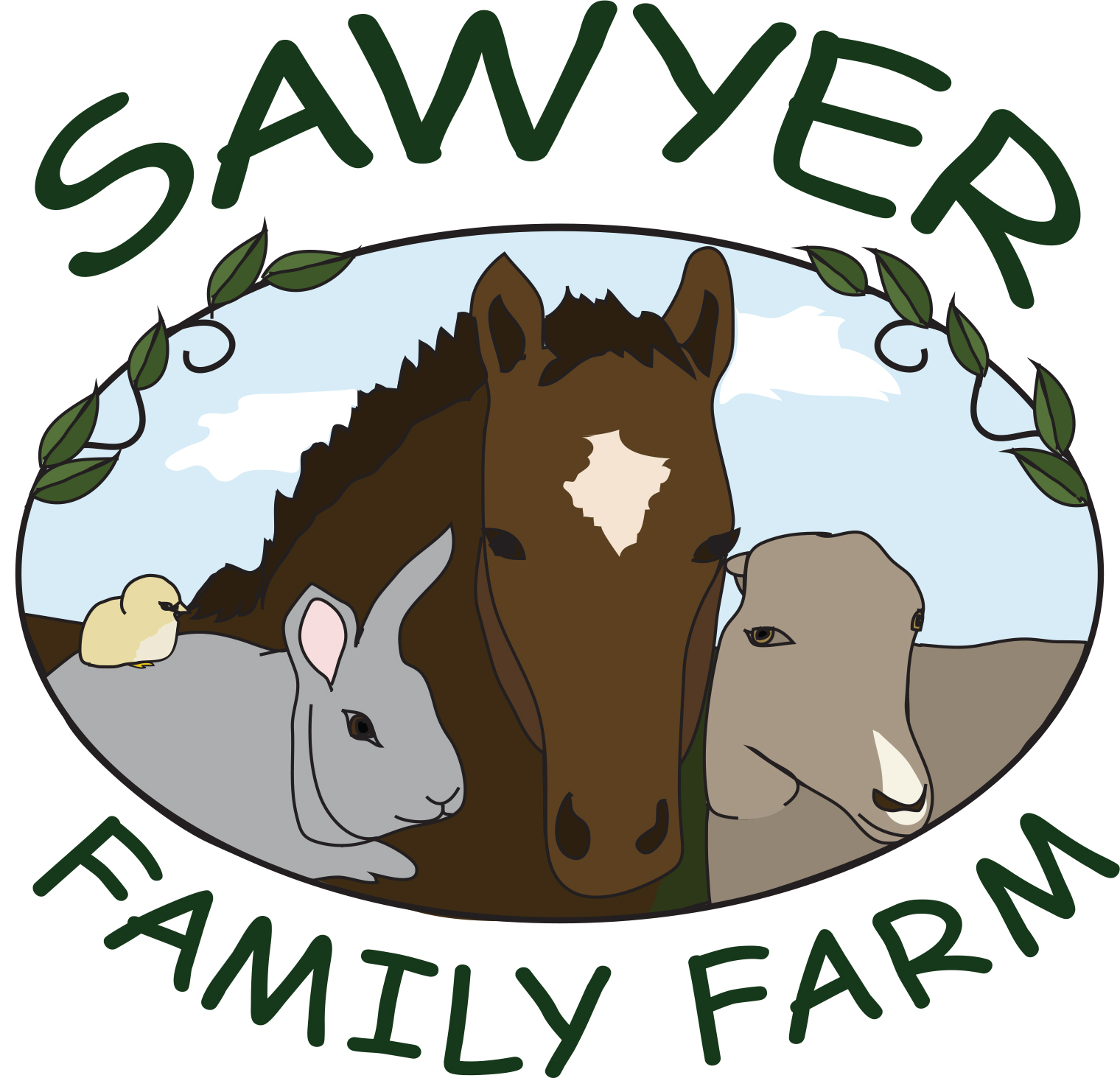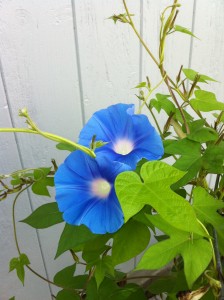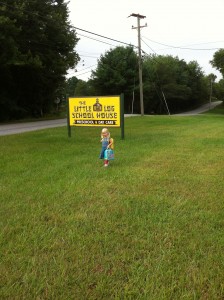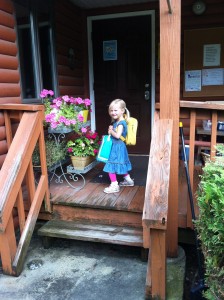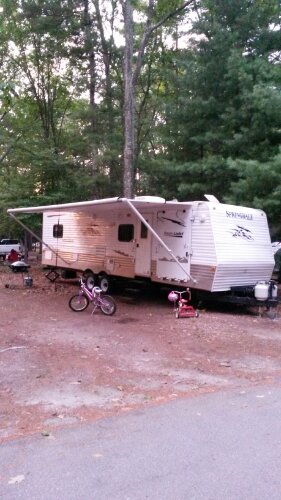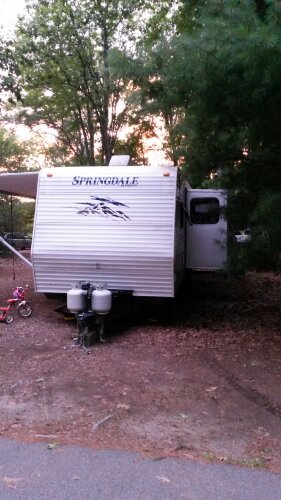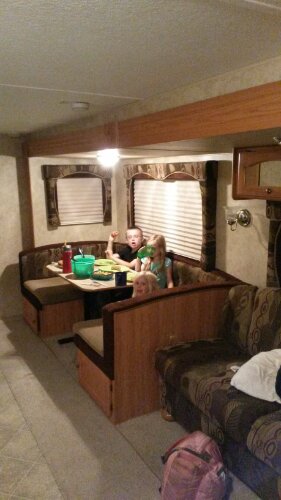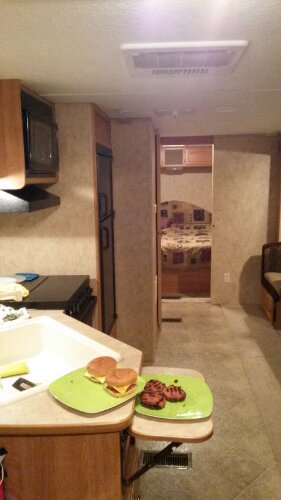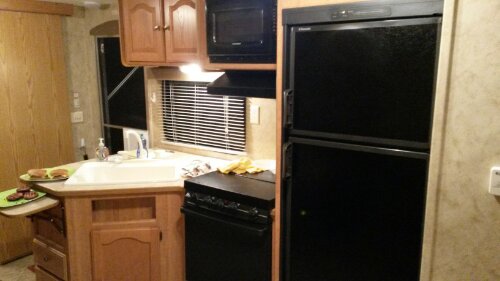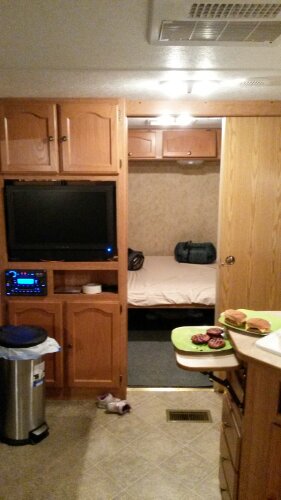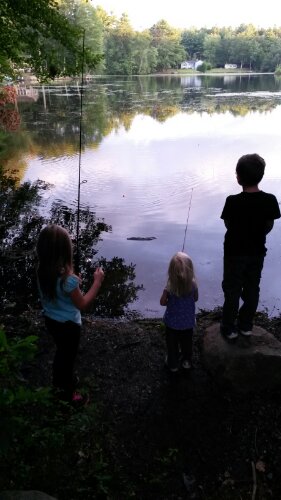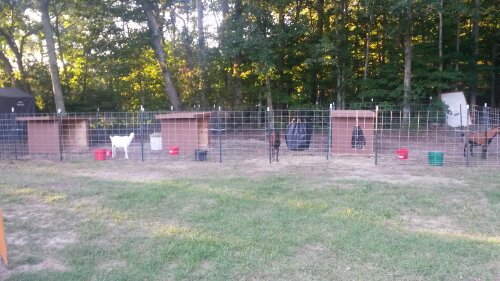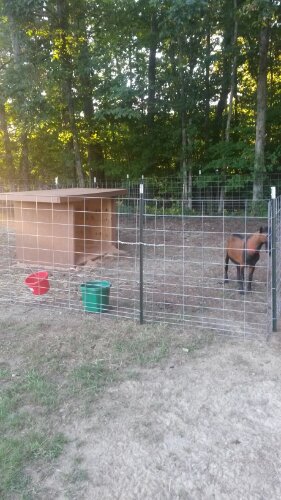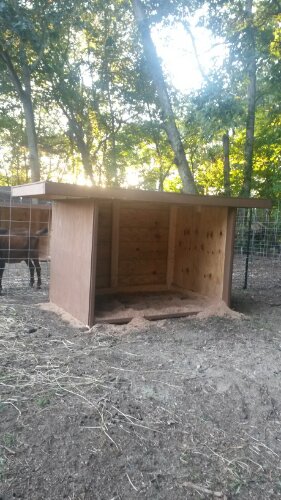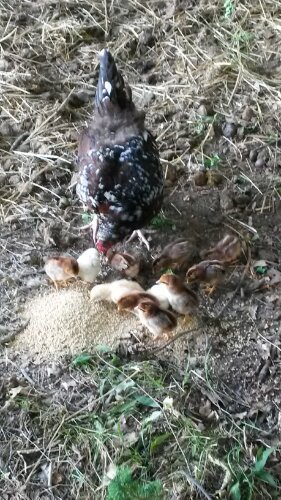Calli and I have been having a tough time lately. I have been busy working on projects and just wasn’t making progress (read – wasn’t riding). I finally broke down and hired a friend to do some training with her. The first ride went well and the trainer agreed that Calli has potential and is willing to learn. The second ride – Calli was lame. This was a lameness in her back/SI joint area. I saw the exact same lameness in her last fall after a few days of harder work.
In frustration, I actually listed her for sale on a Facebook group. Of course, when I read my own ad, there is no way I would buy her. I guess that’s why no one was interested.
So, I had some massage work done on her, which helped some. Then a Chiropractor came to visit. I hope she appreciates her spa treatments…
Tonight, I took her out for a ride. My instructions from the Chiropractor were to take it VERY easy. That was my plan.
About 7, I left for a trail ride. Alone. Just before dark. Without my trail pack/saddle bags. Without a trail map. Calli. Ok, it doesn’t sound so smart when I write it down. I did wear my helmet, protective vest, and did let some friends know I was going with a return by time.
So, with Calli’s Easy Boot Gloves on front and back, we headed out and decided to scout a different trail that we hadn’t ridden before. Did I mention this was the first time I had ever ridden Calli on the trail by herself? It turns out, turning right, instead of left is not a good plan. We ended up on what is probably the most technical trail I have ever ridden on. I know it was the hardest trail Calli had ever been on. We definitely couldn’t go faster than a walk, because it was extremely rocky.
Calli was AWESOME. She got nervous a couple of times, but trusted me and kept going. There was one point we when she was clearly too nervous about crossing some large rocks, so I hopped off and she followed right behind me. Then we started climbing a hill. This is when it got interesting. We had been riding for about 30 minutes. I was pretty sure I knew that we could keep going and connect to trails that would bring us home. Or go back through all the rocks. The problem was, if I was wrong, we were going to be out in Pachaug after dark without all the things I mentioned earlier. So, on we went.
Once we got to the peak, the trail became more open and only average rocky instead of crazy rocky. I gave Calli some rein and she picked up a trot! That was a very good sign because I was worried the rock work might have been too much for her to handle. As it was starting to get dark, I discovered Calli was unsure about going down rocky hills in the shadows of dusk. Not wanting to push things too far, I just jumped down and we jogged down the trail. It was actually good for me to stretch my legs. Eventually, I recognized the trails and we connected back to the gravel road leading towards home. Based on Calli’s nervousness in the quickly fading light, I decided to just ride the road home. We had enough success for the day. Calli was feeling very good and kept trotting down the road.
Overall, I was thrilled with the ride. First, Calli was completely sound. I guess the chiropractor visit did some good. Additionally, she was a champ on some very challenging conditions. I did learn a few lessons and I don’t think I will be trail riding without my pack again. I also plan to add a few things to the pack just in case something happens and I get stuck out after dark – headlamp, reflective vest, snack food, etc. I’m looking forward to another ride this weekend!

